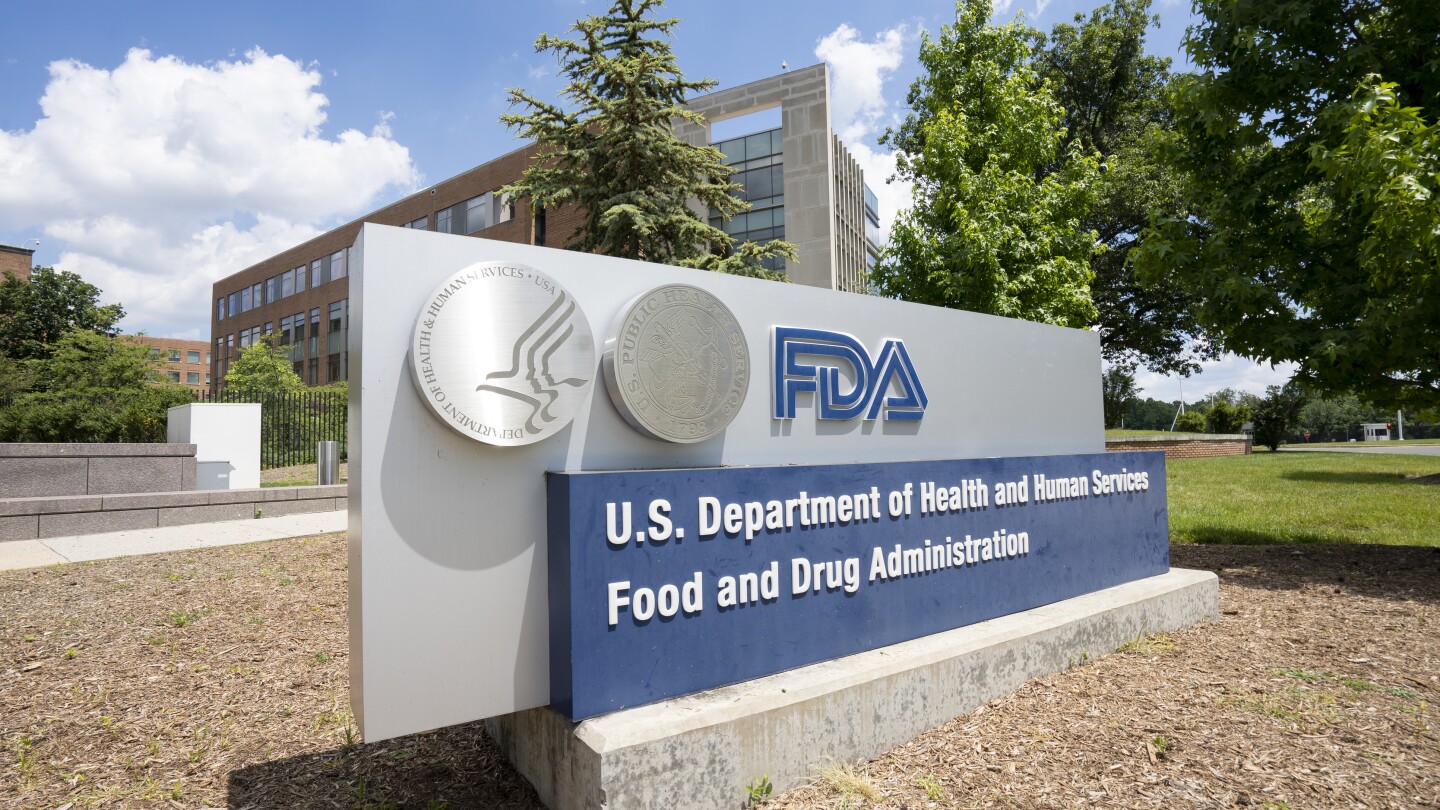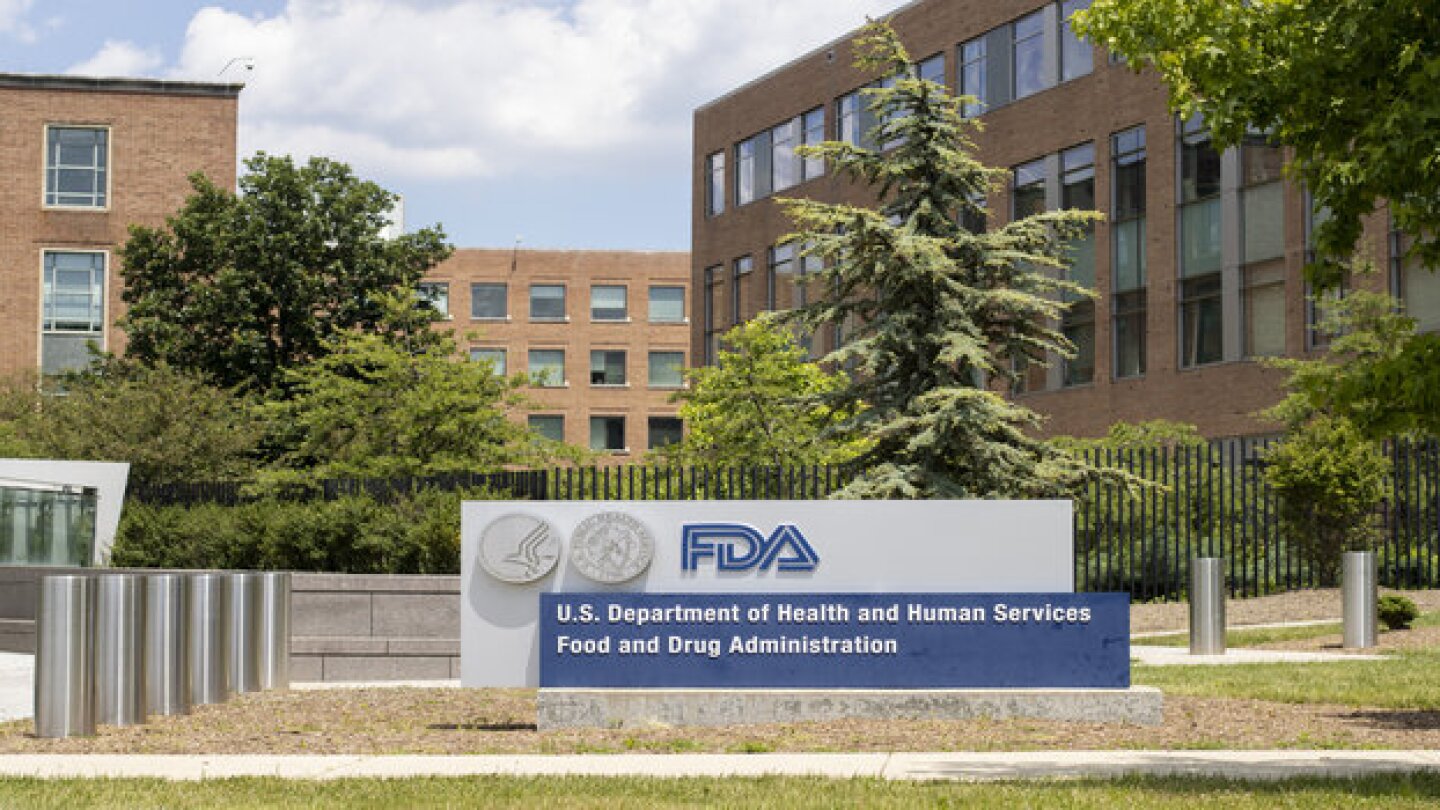News
The loss of domvanalimab is the latest in a string of high-profile failures recorded across the biopharma world for the TIGIT modality, including from GSK, Merck and Roche.
FEATURED STORIES
After a series of unfortunate regulatory rejections and manufacturing issues surfaced, Regeneron’s shares dipped to $483 this summer—the lowest they’d been since early 2021. But they now sit higher than they did at the start of the year.
The status could support staged transitions to new manufacturing processes, potentially mitigating some risks of high-stakes switches.
What China is accomplishing in R&D “has implications for everyone playing in the R&D or innovation world,” McKinsey’s Fangning Zhang says.
Job Trends
As Novo Nordisk cuts 9,000 people from its organization in a restructuring effort, BioSpace looks back on the Danish pharma company’s rise.
FROM OUR EDITORS
Read our takes on the biggest stories happening in the industry.
In a recent BioSpace LinkedIn poll, nearly half of respondents predicted the job market won’t turn around until 2027 or later. It’s easy to see why people are skeptical, especially when you consider recent hiring activity and layoffs.
THE LATEST
Backed by Italy-based Fondazione Telethon ETS, Waskyra, for Wiskott-Aldrich syndrome, is the first gene therapy from a non-profit sponsor to win FDA approval.
The FDA has informed Merck, Sanofi and AstraZeneca of the safety investigation into their RSV antibodies, though it remains unclear what regulatory action, if any, will be taken.
The Commissioner’s National Priority Voucher program was launched in June to shorten review times for companies that align with various national priorities, such as improving domestic drug production and supply.
Pfizer deals again in obesity space as Wave and Structure drop splashy weight loss results; what CDER Director Richard Pazdur’s sudden retirement means for biopharma; neuro diseases take center stage at CTAD; and more.
With $6 billion left in firepower, Pfizer is planning transactions in the hundreds of millions to the low-billions range, particularly in internal medicine and immunology and inflammation, Guggenheim reported.
Long a quieter, locally focused industry, Japanese pharma giants are increasingly looking to the rest of the world for deals.
Saol Therapeutics received a complete response letter for its pyruvate dehydrogenase complex deficiency treatment a week after the FDA unveiled its Rare Disease Evidence Principles program. On Dec. 18, in a Type A meeting, the biotech will attempt to convince the agency that its drug fits perfectly into the framework.
TERN-701 more than doubled the response rate of Novartis’ rival approved therapy in an early-stage trial, sending the biotech’s shares flying.
Pfizer apparently had more in the tank after the high-profile battle to acquire Metsera earlier this fall. The company has licensed a new GLP-1 from YaoPharma.
For traditional approval, CAR T therapies will need to establish superiority over current standard treatments, including already-approved CAR T products.






















